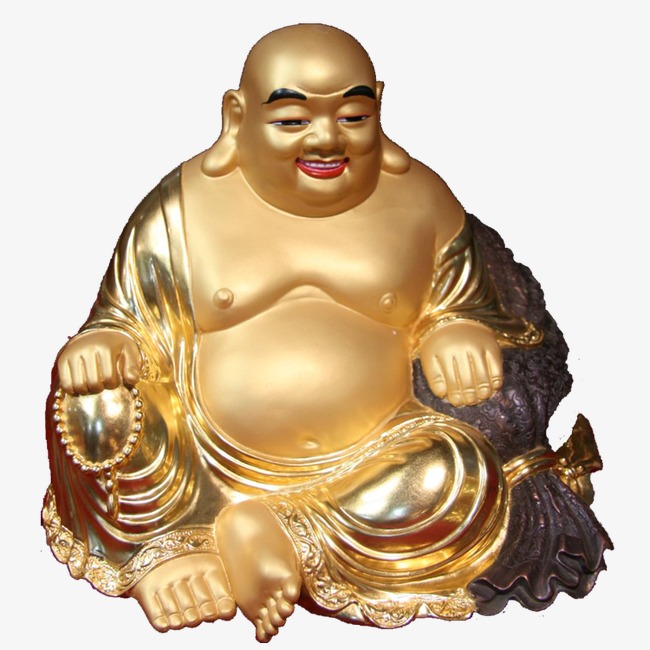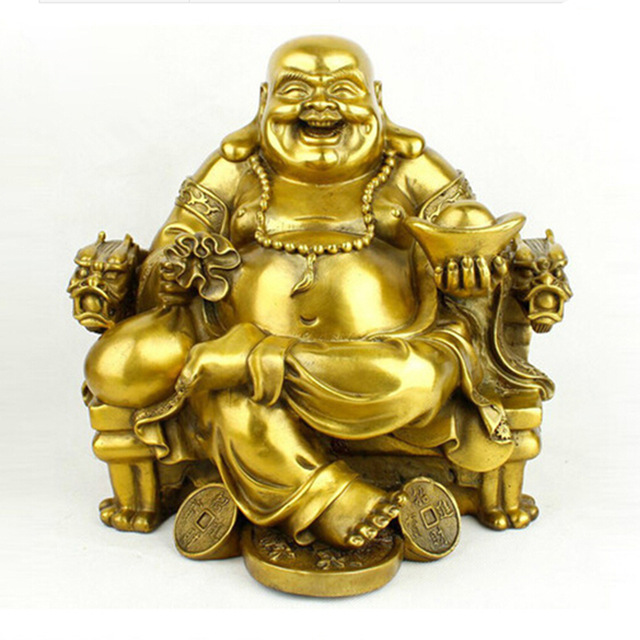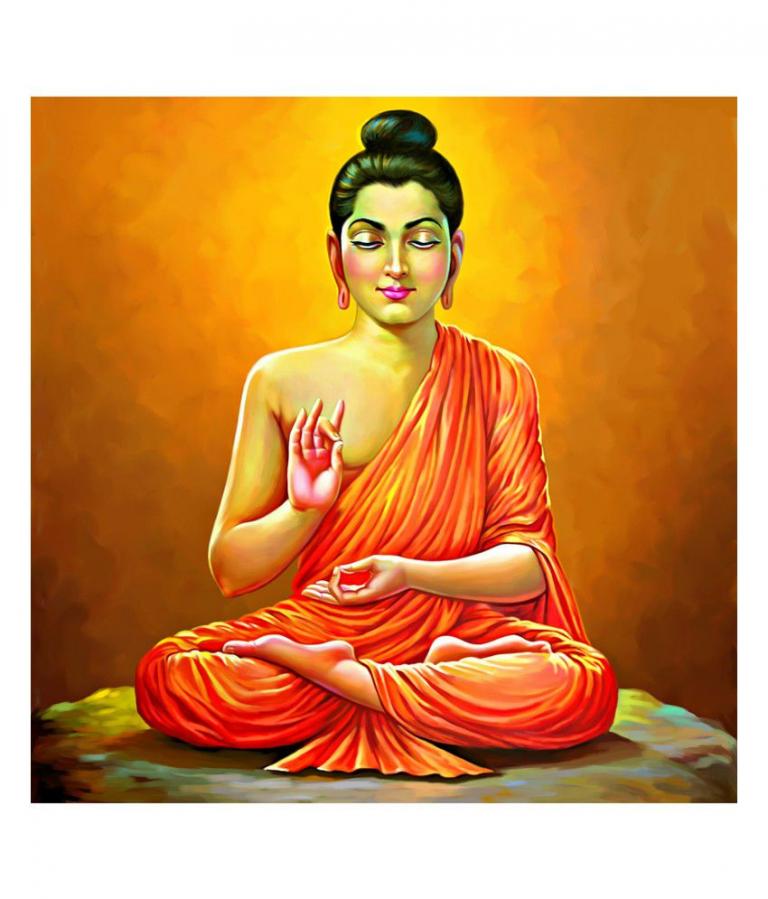Who is Maitreya?
2 min readAccording to the Buddhist classics,Maitreya was born into a noble family in the Brahman caste in ancient India.He was the first to attain the stateof Buddhahood through his perfect enlightenment,and afterwards he ascended to theWestern Paradise.Maitreya will stay there for 56 billion years before he descends to the world to replace Sakyamuni and continue the spread of Buddhism.Therefore,Maitreya is considered as the successor to Sakyamuni,and his statue is usually placed in the first main hall of a monastery.

When Buddhism entered China,Maitreya took on Chinese characteristics and quickly became popular among the people.Popular folk legend depicts his image as a smiling Buddha with a large and exposed belly.This image is modeled on the appearance of Qi Ci,a monk of the Liang State during the Five Dynasties.Qi Ci was from Fenghua in Zhejiang Province,and his nickname was the Cloth-bag Monk.Legend has it that he carried a large cloth bag on his tin cane while traveling around.Into this bag he put all the alms given by people and redistributed them to other people in need.The masses of people deeply appreciatedhis kindness and honored him as the reincarnation of Maitreya.During the subsequen dynasties,the Maitreya statues seen in monasteries differ entirely in appearance from other Buddhist images,and was imbued with strong Chinese characteristics.A couplet inscribed outside the Maitreya Hall of Hongchun Monastery on Mt.
Emei reveals the strong influence of Chinese culture and ethics.It says,”My face reveals my true nature;my belly shows my generosity and tolerance to others.”

Who is Jieyin Buddha?
Jieyin Buddha is also called Amitabha ,or the Holy King in charge of reincarnation.Legend has it that Amitabha was an ancient Indian king who later followed Sakyamuni.Finally,he attained the state of Buddhahood through his perfect enlightenment.As the principal Buddha worshipped by Buddhist followers in Jingtu Sect,Amitabha takes charge of the Buddhist Western Paradise,and his work is to usher sentient beings into the paradise when they pass away.Towards the end of the Ming Dynasty,the Jingtu Sect reached the peak of its prosperity across China.
It influenced large monasteries in Sichuan like the Wenshu Monastery and the Precious Light Monastery ,each of which established a hall for chanting the Buddhist Scriptures.The Jingtu Sect Hall is still in existence today.In the Jingtu Sect,there are more than ten Buddhas,with various Buddhist titles,including the Measureless Longevity Buddha,the Measureless Light Buddha,the Boundless Light Buddha and the Non-Obstacle Light Buddha,among others.They have extensive Buddhist power,a sublime position,and their own halls.There is a couplet which hangs outside a hall in Wannian Monastery on Mt.Emei.It says,“May Buddhist hands come down;gently heal the hearts of human beings.”This saying sums up the essence of the Jingtu Sect’s belief:the salvation of all Buddhist believers.









